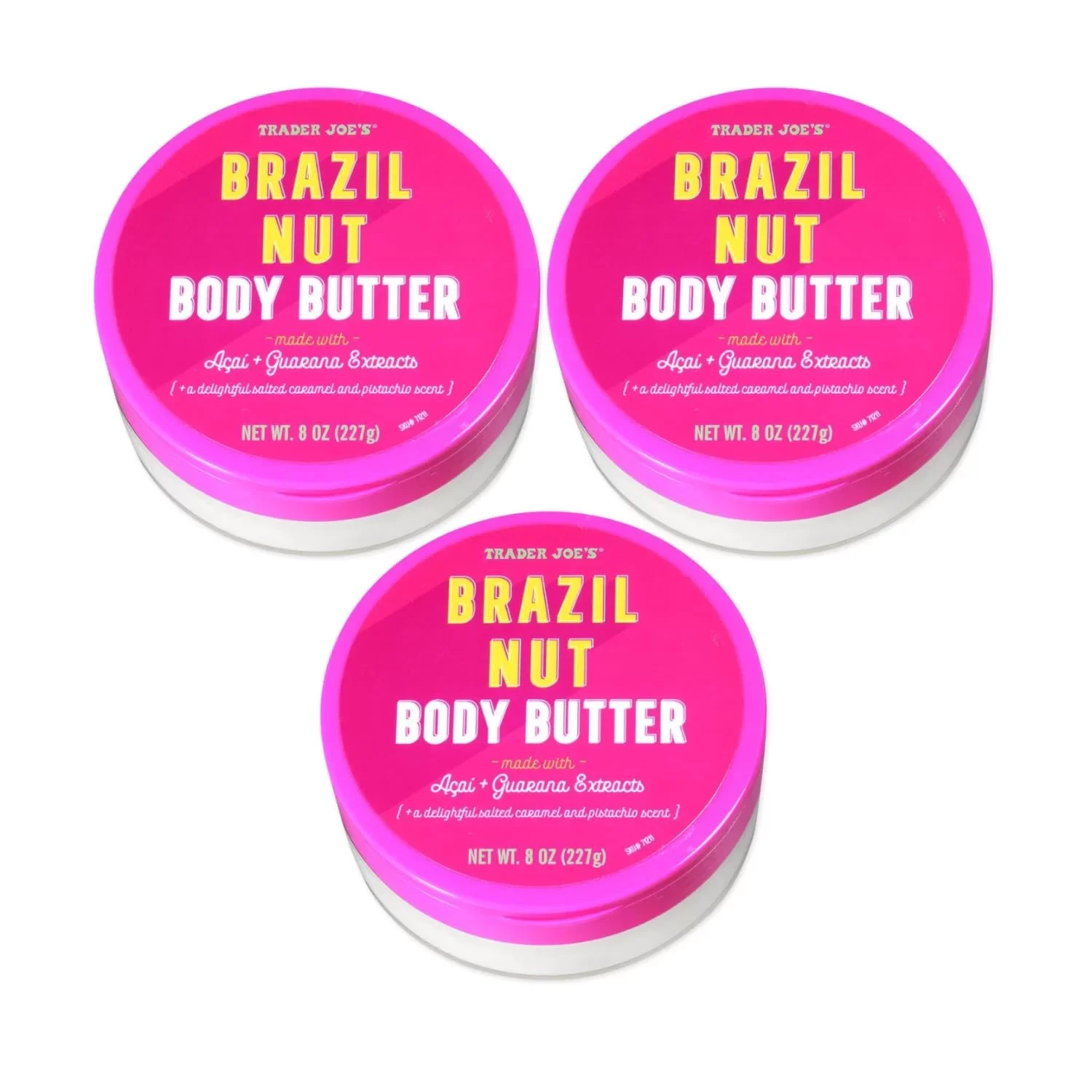
 By
Your Beauty Plug
By
Your Beauty Plug
Welcome to our comprehensive guide on eye makeup removers! Whether you’re a makeup enthusiast or a beginner just starting your journey, understanding the importance of removing makeup, especially around the delicate eye area, is crucial. In this article, we delve into the world of eye makeup removers, answering frequently asked questions and providing insights into some of the most popular products on the market. From understanding the composition of various removers to exploring celebrity favorites, we’ve got you covered. So, let’s dive in and uncover the secrets to safe and effective eye makeup removal!
Beautycounter’s Instant Eye Makeup Remover contains several ingredients, including Aqua/Water/Eau, Coco-Caprylate/Caprate, Dicaprylyl Carbonate, and Macadamia Ternifolia Seed Oil. While it does contain oils like Macadamia Ternifolia Seed Oil, it is free from mineral oil. Therefore, it is not completely oil-free.
The Mary Kay Oil-Free Eye Makeup Remover is considered the best overall eye makeup remover according to Byrdie. It is a lightweight, bi-phase liquid that gently removes all traces of makeup without stripping the skin or leaving an oily residue behind.
The American Academy of Ophthalmology recommends Vaseline as an effective and safe makeup remover. Micellar water, such as Bioderma Sensibio H2O, is also considered safe for eyes. However, it’s important to note that while these products are generally safe, individual reactions may vary, and it’s always best to test a new product on a small area first.
The cleanest way to remove eye makeup involves gentle dabbing and soft circular movements to lift the eye makeup off without traumatizing the skin. After using a makeup remover, it’s recommended to rinse off any residue with a gentle soap. Soaking the eyes with cotton pads is also a very gentle way of removing eye makeup.
Micellar water is generally safe for the eyes. It is made using purified water, moisturizers like glycerin, and mild surfactants, which are compounds used for cleansing. However, it can be irritating if it gets in the eyes. If irritation occurs, it’s recommended to rinse the eyes with room temperature water.
Garnier’s Micellar Eye Makeup Remover Pads are ophthalmologist and dermatologist tested for safety7. They are suitable for sensitive eyes and contact lens wearers. The pads are formulated with micellar water and aloe, and are fragrance-free.
Kim Kardashian uses Neutrogena’s Calming Cleansing Makeup Remover face wipes to remove her makeup. These wipes are gentle and effective at removing makeup, and they are also enriched with pro-vitamin B5 and comfrey root extract, which nourish and hydrate the skin.
Cetaphil is a gentle cleanser that can be used to remove light makeup or dirt from your eyelashes without weakening or breaking the lash glue. However, it’s important to note that some cleansers contain ingredients that are appropriate for the face, but not for the delicate skin around the eyes. Therefore, it’s always best to use a product specifically designed for eye makeup removal.
Selena Gomez uses La Mer’s The Concentrate, a serum, to remove her makeup. She then follows up with Bioderma’s Sensibio H20 Soothing Micellar Water Cleanser to remove any remaining residue. However, it’s important to note that this is a unique method and may not be suitable for everyone, especially considering the high price point of La Mer’s The Concentrate.
In conclusion, there are many options for eye makeup removers, and the best one for you depends on your personal preferences and skin type. Always remember to remove your makeup gently to avoid damaging the delicate skin around your eyes, and to test a new product on a small area first to ensure it doesn’t cause irritation.




